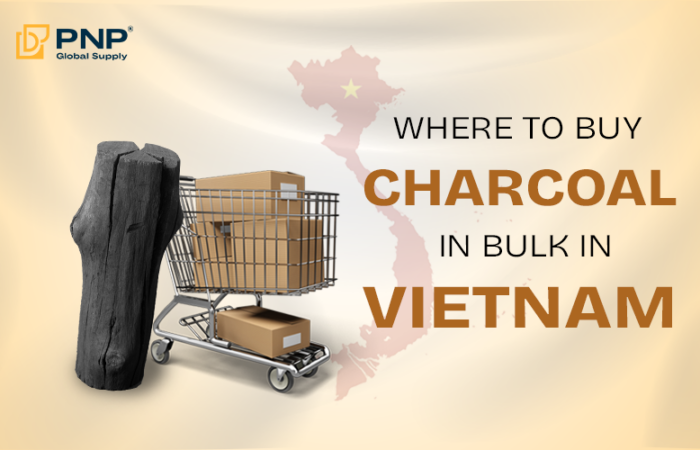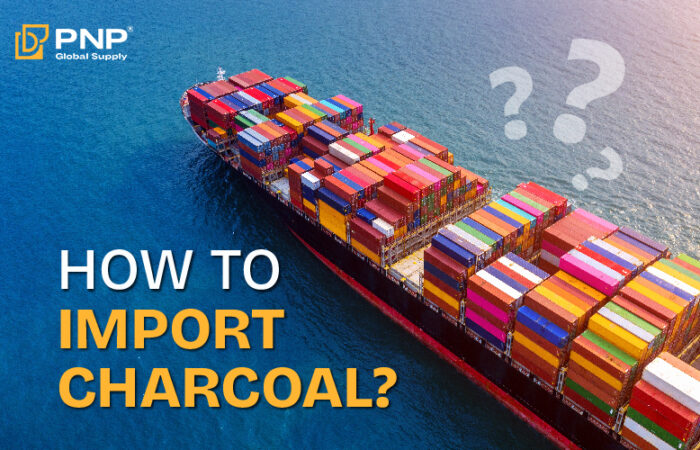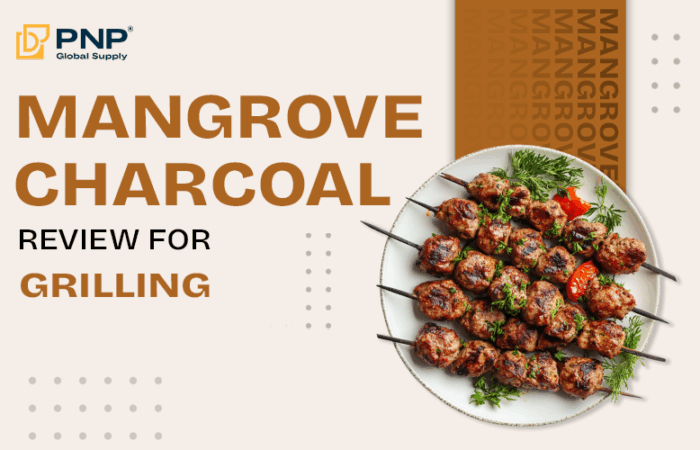Import kaya charcoal is gaining popularity worldwide due to its exceptional quality, eco-friendly production, and diverse applications. This premium-grade charcoal is widely used in grilling, heating, and even industrial processes thanks to its high heat retention, low ash content, and long burn time. Vietnam has emerged as a leading exporter of kaya charcoal, thanks to its abundant natural resources and advanced production techniques.
If you’re looking to start importing kaya charcoal, this comprehensive guide will walk you through the entire process, from sourcing reliable suppliers to handling customs clearance.
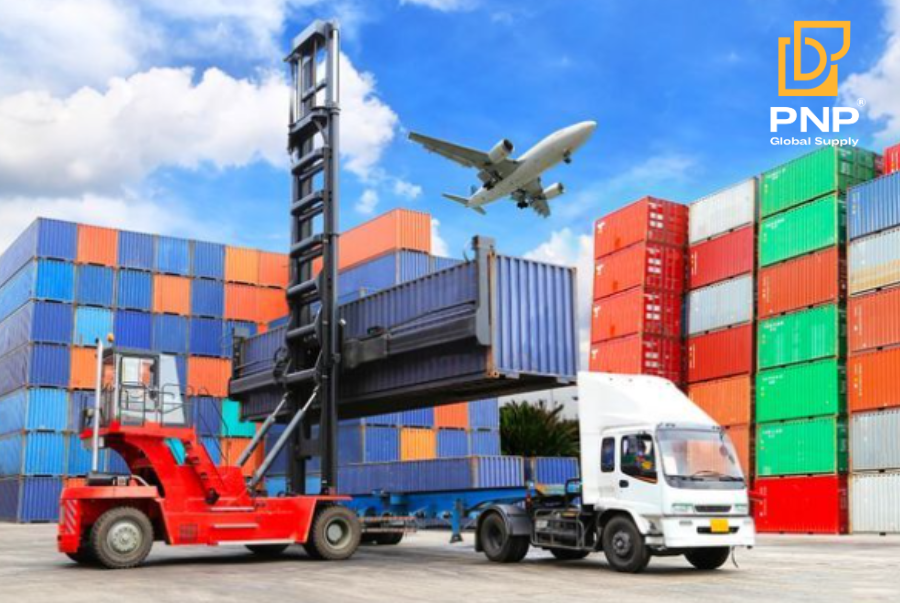
Why Import Kaya Charcoal from Vietnam?
Vietnam is a global hub for charcoal production, and there are several compelling reasons why kaya charcoal from Vietnam stands out:
Premium Quality
Kaya charcoal is produced using high-density hardwoods and advanced carbonization techniques. This results in:
- High Heat Output: Ideal for grilling and industrial use.
- Long Burn Time: Reduces the need for frequent replenishment.
- Minimal Smoke and Odor: Makes it perfect for both indoor and outdoor use.
Sustainable Production
Vietnamese manufacturers prioritize sustainability by sourcing wood from managed plantations and implementing eco-friendly production processes. This makes kaya charcoal an excellent choice for markets with stringent environmental regulations.
Competitive Pricing
Vietnam offers high-quality kaya charcoal at competitive prices due to its lower production costs. Importers can achieve higher profit margins while maintaining affordable pricing for their customers.
Efficient Export Infrastructure
Vietnam’s strategic location in Southeast Asia ensures efficient shipping routes to key markets such as Europe, North America, and Asia-Pacific. The availability of experienced logistics providers further simplifies the export process.
To explore the diverse ways charcoal can be used in everyday life, from grilling to water purification, check out our insightful article on charcoal applications.
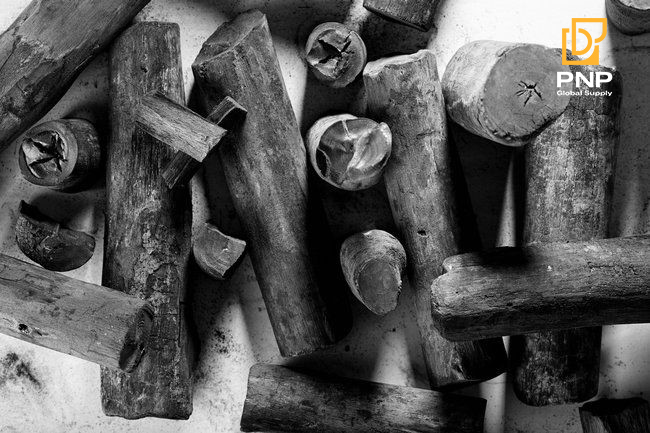
How to Import Kaya Charcoal from Vietnam
Step 1: Research Kaya Charcoal Specifications
Before diving into the import process, it’s essential to understand the unique qualities of kaya charcoal. This knowledge will help you evaluate suppliers and ensure you’re importing the right product for your target market.
Key Features of Kaya Charcoal:
- High Carbon Content: Results in superior heat retention and consistent performance.
- Eco-Friendly Production: Manufactured with minimal environmental impact.
- Applications: Suitable for grilling, heating, and industrial use.
- Packaging Options: Typically available in durable, waterproof bags or boxes for safe transportation.
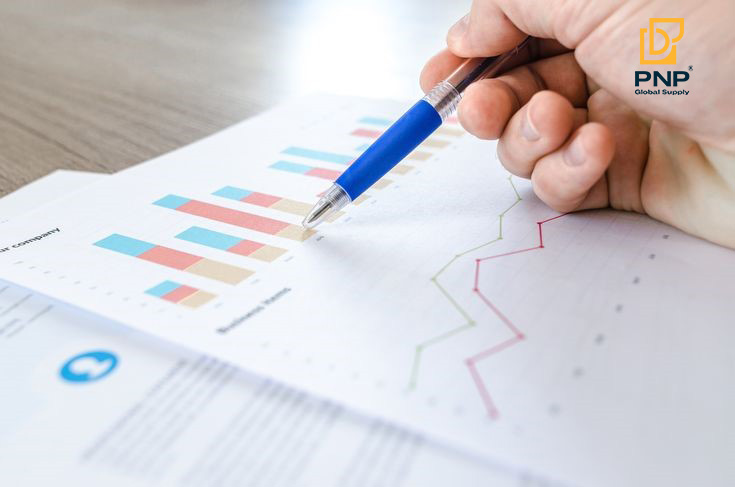
Step 2: Identify Reliable Suppliers
The success of your import business largely depends on finding trustworthy suppliers. Here are the steps to locate and verify reliable kaya charcoal exporters in Vietnam:
Where to Find Suppliers
- Online Marketplaces: Platforms like Alibaba, Vietnam Export Directory, and Global Sources feature a wide range of verified suppliers.
- Trade Fairs: Attend industry events like the Vietnam International Trade Fair to meet suppliers, inspect samples, and negotiate directly.
- Industry Associations: Organizations like the Vietnam Timber and Forest Products Association (VIFORES) can provide recommendations.
How to Verify Suppliers
- Check Certifications: Look for ISO, SGS, or other quality certifications that ensure the supplier meets international standards.
- Request Samples: Evaluate the charcoal’s quality, consistency, and packaging.
- Assess Production Capacity: Ensure the supplier can meet your order volume, especially for long-term contracts.
- Read Reviews: Look for customer testimonials or contact past clients for feedback.

Step 3: Understand Import Regulations
Every country has unique regulations for importing charcoal. Understanding these requirements is crucial to avoid delays and penalties.
Commonly Required Documents
- Commercial Invoice: Lists the product details, quantity, and value.
- Packing List: Provides packaging information, including dimensions and weight.
- Certificate of Origin (CO): Confirms the charcoal’s Vietnamese origin, which may qualify it for reduced tariffs under trade agreements.
- Phytosanitary Certificate: Certifies the product is free from pests and meets international health standards.
Environmental Compliance
Certain countries have strict environmental regulations for importing wood products. Ensure the kaya charcoal complies with standards such as:
- EU Timber Regulation (EUTR): Applies to all wood-based products imported into the EU.
- Lacey Act (USA): Regulates the import of wood products into the United States.
Customs Duties and Taxes
Check the tariff rates for charcoal imports in your country. Some regions, such as the EU, offer preferential rates for imports from Vietnam under free trade agreements.
Understanding import regulations is a critical step for a smooth trading process. For a detailed guide on customs procedures and international trade compliance, you can visit the World Customs Organization’s resource hub.
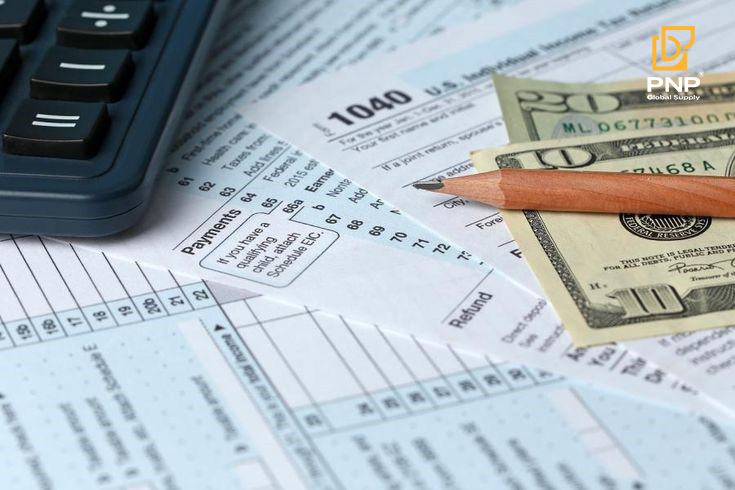
Step 4: Negotiate with Suppliers
Once you’ve identified a supplier, it’s time to finalize the terms of your contract.
Key Points to Discuss
- Minimum Order Quantity (MOQ): Ensure the MOQ aligns with your business needs. Many Vietnamese suppliers offer flexible MOQs, making it easier for small and medium-sized businesses to start.
- Pricing: Negotiate whether the price includes shipping and insurance (CIF) or only covers the cost of goods (FOB).
- Payment Terms: Common options include:
- Letter of Credit (L/C): Provides security for both parties.
- Telegraphic Transfer (T/T): A faster option but requires trust in the supplier.
- Quality Assurance: Request pre-shipment inspections and include quality control clauses in your contract.

Step 5: Arrange Shipping
Shipping logistics are a critical part of the import process. Here’s what you need to consider:
Shipping Methods
- Sea Freight: Ideal for bulk orders, offering cost-effective solutions.
- Air Freight: Faster but more expensive, suitable for urgent shipments.
Packaging Requirements
Ensure the kaya charcoal is securely packed to prevent damage during transit. Standard packaging includes durable, waterproof bags or sturdy boxes with clear labeling.
Partner with a Freight Forwarder
An experienced freight forwarder can handle:
- Booking cargo space
- Preparing shipping documents
- Managing customs clearance
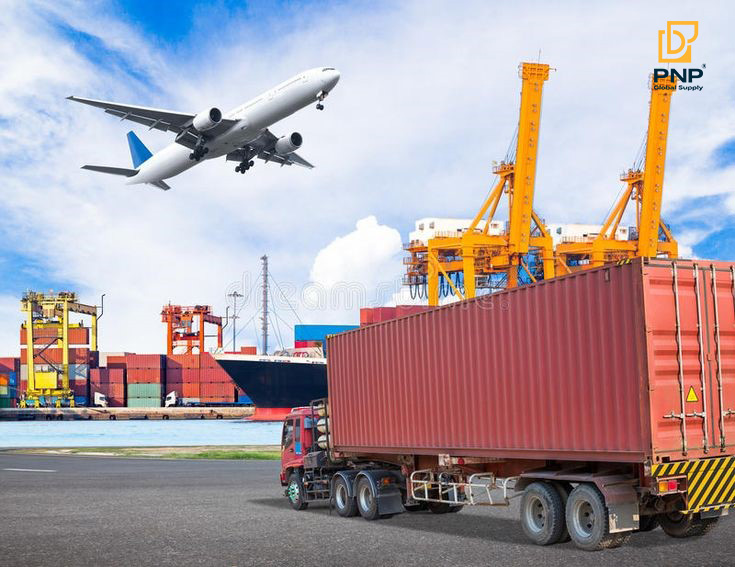
Step 6: Complete Customs Clearance
Once the shipment arrives at your port, customs clearance is the final step before delivery.
Steps to Clear Customs
- Submit Documentation: Provide the necessary paperwork, including the commercial invoice, packing list, and certificates.
- Pay Duties and Taxes: Settle any applicable fees based on your country’s regulations.
- Inspect the Shipment: Verify the quality and quantity of the goods to ensure they meet the agreed specifications.
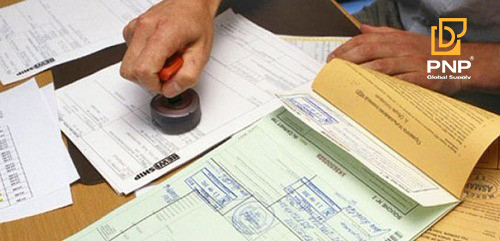
Common Challenges and Solutions
- Quality Issues:
Product quality is the most critical factor in building customer trust and maintaining a good reputation. To ensure consistent quality, it is essential to conduct thorough inspections for each shipment before delivery, including on-site checks at the manufacturing facility if possible. Additionally, requesting product samples from shipments for verification ensures consistency and compliance with required standards. This approach not only guarantees product quality but also minimizes the risk of returns or customer complaints that could damage relationships and trust.
- Delays in Transportation:
Delays in delivery can significantly harm a company’s reputation and disrupt customers’ supply chains. To mitigate this, it is crucial to collaborate closely with reliable and experienced logistics partners who are committed to meeting deadlines. Furthermore, early and detailed transportation planning, including contingency measures for unforeseen events such as bad weather or customs delays, is key to ensuring timely deliveries that align with customer expectations.
- Regulatory Compliance:
Import regulations and standards vary by country and are subject to frequent changes, which can pose challenges for businesses. To address this, companies should stay updated on the latest import requirements and collaborate with suppliers and partners who are well-versed in international standards. This ensures smooth customs clearance, reduces legal risks, and strengthens the company’s professional and trustworthy image in the eyes of global customers.
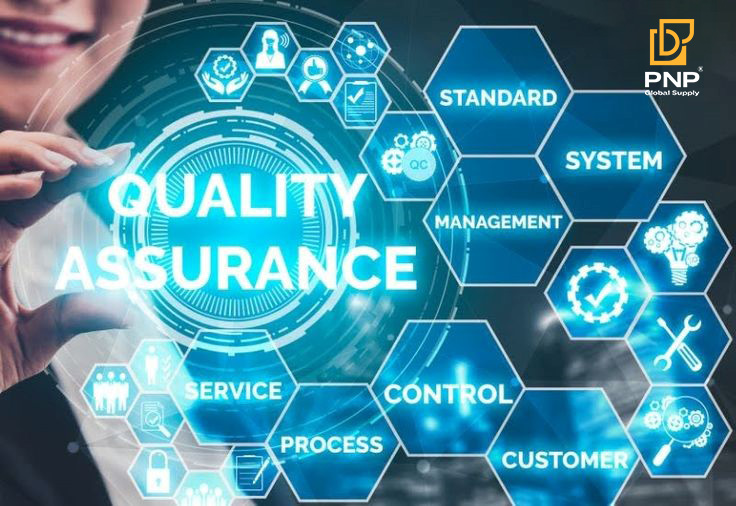
Benefits of Importing Kaya Charcoal
- High Market Demand: Kaya charcoal is widely used for grilling, heating, and industrial purposes, ensuring a steady demand.
- Attractive Profit Margins: Competitive pricing from Vietnam allows for higher profit margins without compromising on quality.
- Sustainability Appeal: Eco-conscious consumers prefer products made with sustainable practices, giving you an edge in the market.
- Versatile Applications: From households to restaurants and industrial facilities, kaya charcoal caters to diverse customer segments.
Conclusion
Import kaya charcoal from Vietnam offers a lucrative opportunity for businesses seeking high-quality, sustainable products. By following the steps outlined in this guide—researching suppliers, understanding regulations, negotiating terms, and managing logistics—you can establish a successful and profitable import business.
Don’t miss out on the growing global demand for kaya charcoal. Start your journey today by connecting with trusted Vietnamese exporters and bringing this premium product to your market.
________________________________
Contact us for more information
Facebook: PNP Charcoal
Instagram: PNP Charcoal
Email: info@pnpglobalsupply.com

